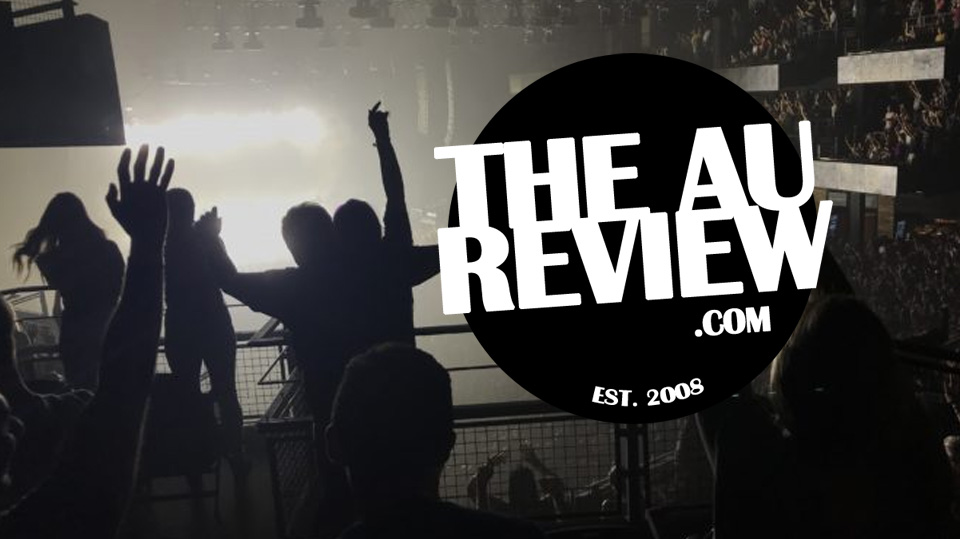

We often make breakthroughs when we reserve judgement and keep things like fear and prejudice at bay. Yet as humans the notion of embracing ambiguity can be a hard thing to swallow because the only certain things in life are death and taxes. Matt Whale is the founder and managing director of How To Impact, a leading agency specialising in innovation strategy, insight and delivery. We share the top nine things we learned at his Vivid Ideas talk, Unlocking Your Grey Zone: How Positive Ambiguity Can Help You Thrive In An Uncertain World.
1. Australia is falling behind in the innovation race. We are currently ranked 19th in the world and we don’t even feature in the top three in the South East Asia and Oceania region.
2. There are ten behaviours we can embrace in order to improve innovation. These are:
a. Persistence: treat every discovery (positive or negative) as a lesson
b. Curiosity: gain a deeper understanding of your audience by asking, “Why?”
c. Momentum: harness people’s passions to make things happen quickly
d. Realness: bring ideas to life in a tangible way
e. Empathy: learn and communicate through experience and observation
f. Playfulness: change your state/release endorphins because this opens up a world of possibility
g. Freshness: engage in fresh, new experiences in order to gain new perspectives
h. Bravery: move out of your comfort zone and into your stretch zone
i. Signalling: help people understand what you need from them
j. Green-housing: use SUN (suspend judgement, understand and nurture) to strengthen an idea
3. Humans are all guilty of cognitive bias. We prefer information that is readily available or stuff that we can recall (availability bias). We have confirmation bias because we seek out information that supports our already-held opinions. We also have zero-risk bias because we want to eradicate risk and are loss-averse, meaning we prefer to win rather than loose.
4. Nobel Prize winner, Daniel Kahneman wrote the book, Thinking, Fast & Slow about two thinking systems we have in our brains. These are:
a. The fast and instinctive one that is full of shortcuts
b. The analytical and process-driven one that requires more mental effort and energy
We should rewire our brains so we don’t get so fatigued when we are having to make decisions that require methodical and analytical thinking.
5. Humans are creatures of habit. We often take the same route to work, sleep on the same side of the bed and take other mental shortcuts. But we should be getting out of our comfort zones and doing things differently in order to get into our “stretch” zone. In doing so, this trains us to re-engage, be more observant and activates the analytical part of our brains.
6. We need to get past the data paradox. We are currently striving for complete sets of data when this is not always available. We need to get comfortable with the idea that we can make decisions with only 70% of the available data.
7. Businesses need to stop relying so heavily on quantitative data. They should focus on more exploratory and real-world scenarios and qualitative data. This makes for more persuasive and meaningful stories.
8. We need to be aware that our questions can often dictate or shape the solution, especially when the question is problem-centric rather than solution-centric. The former can be problematic in the real-world because the solutions we design may wind up being troublesome or impractical because we didn’t ask the right questions.
9. An increased tolerance for ambiguity can impact the following areas of our lives: positive emotion, life satisfaction, environmental threat, entrepreneurship, managerial performance, risk-taking, self-confidence and openness to experience.
Matt Whale’s talk was ultimately a fascinating and at times practical demonstration of some aspects of ambiguity and psychology and how it impacts on our lives and business. There are a lot of interesting elements in this new area of research and for those people who would love to learn more there is a study currently being conducted by How To Impact and Dr Joel Pearson at UNSW’s The Science of Innovation Lab. And if there was one final take home message from this talk, it is that everyone will be taking a different route to work tomorrow morning in order to flex our brains and enter our stretch zone because it gives a whole new meaning to the words, “Work it!”
———-
